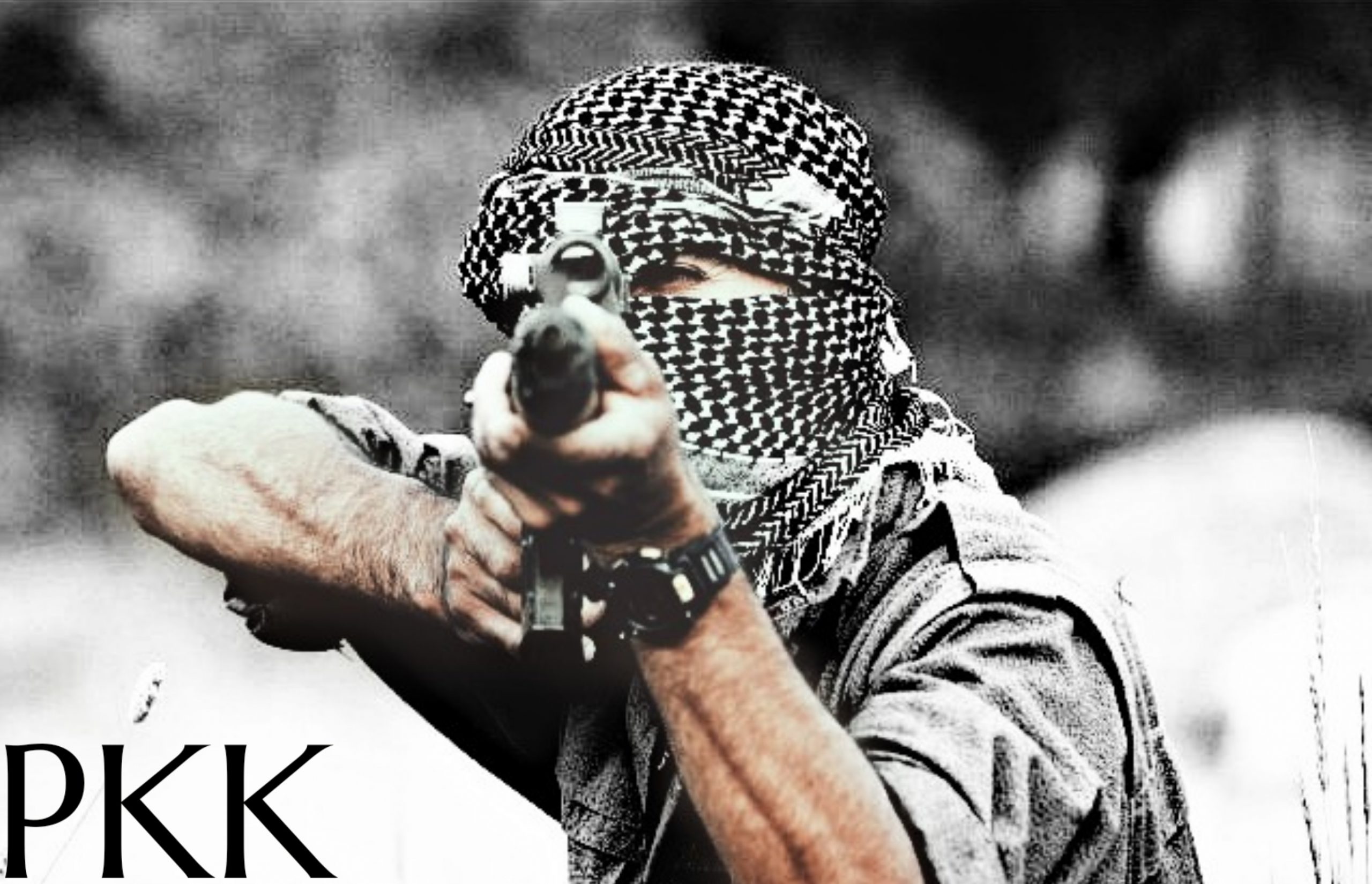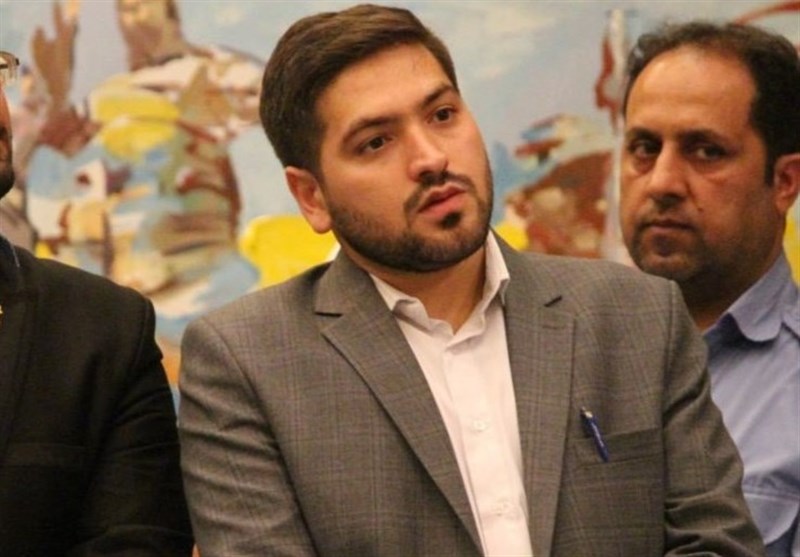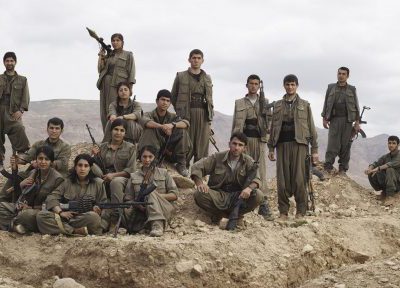The Partiya Karkeren Kurdistan (PKK) translated as the ‘Kurdish Workers Party’ is a terrorist organization situated in the South East region of Turkey and its bordering neighbors. The PKK is recognized by the North Atlantic Treaty Organization (NATO), the European Union (EU) , the United States of America and many other European countries as a terrorist. The PKK which was established by the currently imprisoned leader Abdullah Öcalan in 1974 possesses a Marxist-Leninist ideology, but the communist ideology of the organization has always been secondary compared to its nationalist aims (Chalk, 2013). With its leader captured in 1999, the group has gone through various name changes include Kongra-Gel between 2003-2005. This case study will be examining the PKK terrorist organization within four main headings, these being a brief history of the group and its political goals, its organizational structure and tactics, its finances coming from drug trafficking and extortion, and finally how effective the Turkish government strategy has been against the PKK. The PKK in this case study is accepted to being a terrorist organization due to it threatening the territorial integrity of Turkey both in terms of the civilian population in the South-East region of Turkey and also governmental structures as well. We contend that an intervention towards the PKK entities threatening the reconciliation process should have been made earlier by the Turkish government as this would have cleared terrorist entities and the reconciliation process would have been prolonged greatly. We also content that greater psychological support needs to be given for teenage PKK sympathizers as this would put a stop to the idea of terrorism within their minds and also would break the recruiting of militias for the organization
History of the PKK and its political goals As stated within the introduction, the PKK is a group established by its leader Abdullah Ocalan in the year
of 1974 based upon Marxist-Leninist ideology. During the 1960’s, several youth organizations were established within Turkey, in which one of these had moved on to becoming the PKK. The group’s official establishment was during a meeting in the city of Diyarbakir on the 27th of November, 1978. The group also being affected by Maoist doctrine had seen its political agenda as inciting a revolution which would free the Kurdish people and establish an independent Kurdish state (University of Maryland, n.d). Within the 1980’s, the PKK had focused on building its resources and a base in which it fled Turkey and established its base in the Syrian controlled Bekaa Valley and Barlias valleys (Reissner & Leicht, 1999).
The first major attack of the PKK against Turkey was on November 10, 1980 in which the PKK had joined forces with the Armenian Secret Army for the Liberation of Armenia (ASALA) and attacked the Turkish Consulate in Strasbourg which was known as the first ‘fruitful collaborations’ of the PKK with other terrorist organizations (Ilgenc, 2015). Turkey had put 11 provinces under a state of emergency increasing its military initiative in the south east region of Turkey. Within 1995, a Turkish incursion inside Iraq had involved more than 30,000 troops towards the PKK (Al Jazeera, 2013).
Abdullah Ocalan had been captured by Turkish Army forces at Nairobi, Kenya in 1999. The year of 2009 had marked a turn in the Turkey- PKK conflict as a reconciliation process was initiated which had sought rights for the minority Kurdish population. The first of which was to launch a Kurdish state television channel. Within 2013, Abdullah Ocalan had called for a ceasefire on the Kurdish New Year (March 21) (Aljazeera, 2013). Approximately 2.5 years were spent with a ceasefire but on July 15, 2015, the PKK had broken the ceasefire due to the PKK killing a Turkish soldier in the south-east region of Turkey for reasons of a military dam being built (Hurriyet Daily News, 2015) . The final match was lit when two Turkish Police officers were assassinated in their homes in the province of Ceylanpinar in Turkey . The conflicts have been continuing between the PKK and Turkish forces and according to Turkish sources more than 2000 PKK militias have been killed since July 15, 2015 in which military operations were initiated by the Turkish Army (Yeni Akit, 2015) Organizational Structure of the PKK Abdullah Ocalan who currently is serving life imprisonment is still considered the head-figure of the PKK. There is continuity present at the moment in terms of leadership with the evolution the PKK has gone
through with PKK/KADEK/ Kongra Gel. Besides Abdullah Ocalan, Cemil Bayik is present among the leading figures of the PKK (who was also a senior member of the Kongra-Gel presidency Council) and Murat Karayilan who currently is the general spokesman of the PKK and heads the PKK’s armed forces the ‘Peoples Defense Forces’ (HPG) (Parliament of Australia, 2006) The PKK throughout its foundations has used the “Party/Front/Army” model which is a form typically used by Marxist/Leninist organizations (Turkish National Police, n.d). It’s ‘Front’ and ‘Army’ were formed in 1986 to carry out its first serious operations. Various branches of the PKK exists today, these being the Party of Free Life of Kurdistan (PJAK) which has been fighting the Iranian government since 2004. Both the PKK and the PJAK are a part of the Group of Communities in Kurdistan (KCK). The PJAK consists of an armed wing known as the YRK which consist of about 3000 guerilla fighters (Pike, n.d). The PKK also consists of a Syrian arm known as the Syrian Kurdish Democratic Union Party (PYD) which also possesses a guerilla force named the Peoples Defense Units (YPG) (trackingterrorism.org, n.d).
The PKK terrorist organization consists of a hierarchical structure in which a Chairman (Abdullah Ocalan aka ‘Apo’), Chairman Council, Central Committee and disciplinary board is present. In terms of provincial structure, the group consists of provincial committees, local town committees and splinter cells (Roth & Sever, 2007). Throughout its violent activities, the PKK uses its Public Defense Forces (HPG) which are positioned in the northern part of Iraq. The armed components of the HPG in the rural regions of Turkey are organized by district-region-state names (Turkish National Police, n.d). This serves as a political mechanism in which if the PKK see’s an attack to be favorable for itself, it can undertake it with the HPG and deny any involvement in it. The reason for this is due to the PKK also being involved within Turkish politics under the name of the Peoples Democratic Party (HDP).
The HDP Party is a left-wing political party set about in 2012. The party consists of two presidents as it operates underneath a co-presidential system consisting of a chairman and a chairwoman, currently these being Selahattin Demirtas and Figen Yuksekdag. The HDP party also has affiliation with the Democratic Regions Party (DBP) which has been speaking out for autonomy in the name of the Kurds in
Turkey (Ilgenc, 2015).
Recruitment of the PKK
The individuals who the PKK recruits have generally had a problematic or difficult past, this includes initial difficult factors, loneliness, an influence of friends, the influence of visual publications such as the PKK’s ROJ TV, the problems one experiences in prison and so forth. Another factor the PKK looks for is ‘learned trauma’ in which influences ethnic nationalism. Learned trauma in which the individuals suffer from is a process in which they gain a perception as if they are exposed to the same traumatic events as the primary subjects who have joined the PKK. These traumas are then kept alive by the PKK to capitalize on socio-psychological problems experienced deeply by the Kurdish community for their recruitment of militias to the organization. These events which are experienced in the past are not only kept alive, but are used to generate permanent scars in the perception of society through ceremonies, meetings, websites and constant broadcasting. An example of this could be seen when the terrorist organization had opened up condolences and grievances to the terrorists who had died between 1980-1990 while the
reconciliation process was taking place (Ozeren, Sever, Yilmaz & Sozer, 2014: 344-345) .
Financing of the PKK
The financing of the PKK takes place through both its activities in Europe and its organized crime activities in Turkey. In terms of organized crime activities, arms smuggling, drug smuggling, extortion under the name of ‘revolution tax’, human trafficking and smuggling can be mentioned. The PKK’s involvement in drug trafficking has been well documented since the start of the 1990’s. On October 14, ۲۰۰۹, senior members of the PKK terrorist organization, primarily Murat Karayilan, Ali Riza Altun and Zubeyr Altun were accused of foreign drug trafficking .The founding PKK member Cemil Bayik and Durkan Kalkan with the US Narcotics Kingpin Designation Act were designated as ‘specially designated narcotics traffickers (SDNT) (Ilgenc, 2015). The report prepared by the Drug Enforcement Agency of the US Department of Defense titled “۲۰۱۴ International Narcotics Control Strategy Report” reiterates the PKK is involved in all types of opium production, drug trafficking and money laundering activities in which it uses the revenues from these activities to purchase arms, ammunition and other necessary equipment needed by the terrorists. (US Department of Defence, 2014). The US government on February 2012, had put down sanctions on supporters of the PKK who ran drug networks in Moldova and Romania and also in the South East region of Turkey (United States of America Treasury, 2012). According to Ekinci, (2014),
drug trading had provided the PKK the largest financial source with major heroin traffickers and PKK members ‘co-existing in the same realm and recruited members of the same neighborhoods’ (Ekinci, ۲۰۱۴: ۱۱۶).
The annual expense of one member of the PKK is estimated to being about 1,150 euro’s. (Hurriyet Daily News, 2010). Due to the expenses of each member being so high, the PKK has also resorted to extortion under the name of ‘revolution tax’ to greater finance itself (Crisis Group, 2012). According to Roth & Sever (2007), extortion is the most common form of organized crime in which the PKK engages in both Turkey and Europe. According to a source quoted by Roth & Sever (2007), the PKK has extorted more than 2.5 million pounds from Kurdish Immigrants and businessman in Great Britain (Roth & Sever, 2007:۹۱۰). On this issue, if civilians do not pay the necessary ‘revolution taxes’, also known as ‘insurance fees’ they face retaliation (Ekurd Daily, 2005). According to the International Police Organization (INTERPOL), the amount of money needed to be paid by the Kurdish public is determined by the discussions among the committee members. To further this, a PKK sympathizer in Germany who was receiving welfare benefits from the German government was expected to pay 50 Marks whilst the front organizations were paying 80,000 DM per month (Sahin, 2001).
How effective has the Turkish strategy been against the PKK terrorist organization?
The fight of the Turkish Republic against the PKK has only recently been becoming effective, though with very high prices being paid. The reconciliation process initiated by Turkey which had ended in 2015 could have only been seen as a temporary solution to a thirty-odd year problem. Currently, with the fight between the two sides, many Turkish soldiers are dying each day. The reconciliation process between the two sides had allowed for the PKK to stock up on ammunition and plant bombs underneath the army routes which were used. These bombs which were planted were later used to disrupt the counterterrorism activities of the Turkish army within the South-East region. The process may have been able to be prolonged if earlier intervention towards terrorist entities was made by Turkish security forces.
Secondly, the rehabilitation program planned by the Turkish government should have been initiated earlier as the PKK had continued its propaganda within the South-East region of Turkey (Haber7 Newspaper, 2016). The main addressee for the process should have been the Kurdish population and not the PKK organization and its HDP party. This would have allowed for greater unity among the population and would have diminished terrorism in the minds of the population by using soft power.
Psychological support should also have been given to the PKK sympathizing teenagers which would have sabotaged the recruiting of militias for the PKK.
A multistaged rehabilitation program is needed to solve the PKK issue in Turkey instead of ‘entrusting each street to a police officer’ as the Turkish Internal Affairs Minister Efkan Ala had mentioned within the previous months (ensonhaber.com, 2016). The root solutions to terrorism within Turkey should be studied and put forward rather than applying the general ‘militaristic concept of security’ so to speak. These include psychological and family problems, influencing of radical ideologies, and unemployment. Within this regard, the Ministry of Family and Social Policies should take a greater initiative to rehabiliate ‘potential terrorists’. The Ministry of Religious Affairs should also work towards trying to break away teenagers from radical ideologies, with religious clerics being used more often in this regard.
Conclusion
The debate as to whether the PKK is a terrorist organization is still ongoing. According to the Republic of Turkey, the PKK is a terrorist organization as it is threatening its territorial integrity and its Kurdish population. According to others, the PKK is not a terrorist organization for various reason. The first being due to it transforming itself to settle the Kurdish problem based on ‘dialogue’ and ‘confederation’.
Secondly the PKK are seen fighting against the Islamic State (IS) in Syria and thirdly, the PKK have reached the point that the Irish Republican Army had reached in the 1990’s (Levy, 2014). The PKK has killed many both Turkish and Kurdish civilians. It’s main form of income being organized crime with a major in drug trafficking and extortion, both on a national and international scale. A more effective grand strategy is needed by the Turkish government to overcome terrorist entities and the whole Kurdish reconciliation issue.
PKK TERRORIST ORGANIZATION














